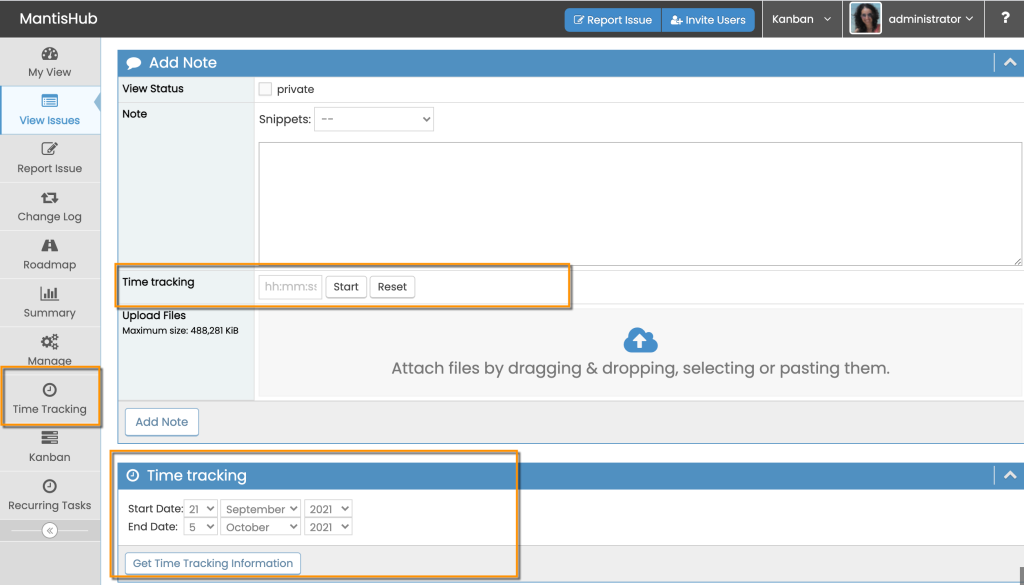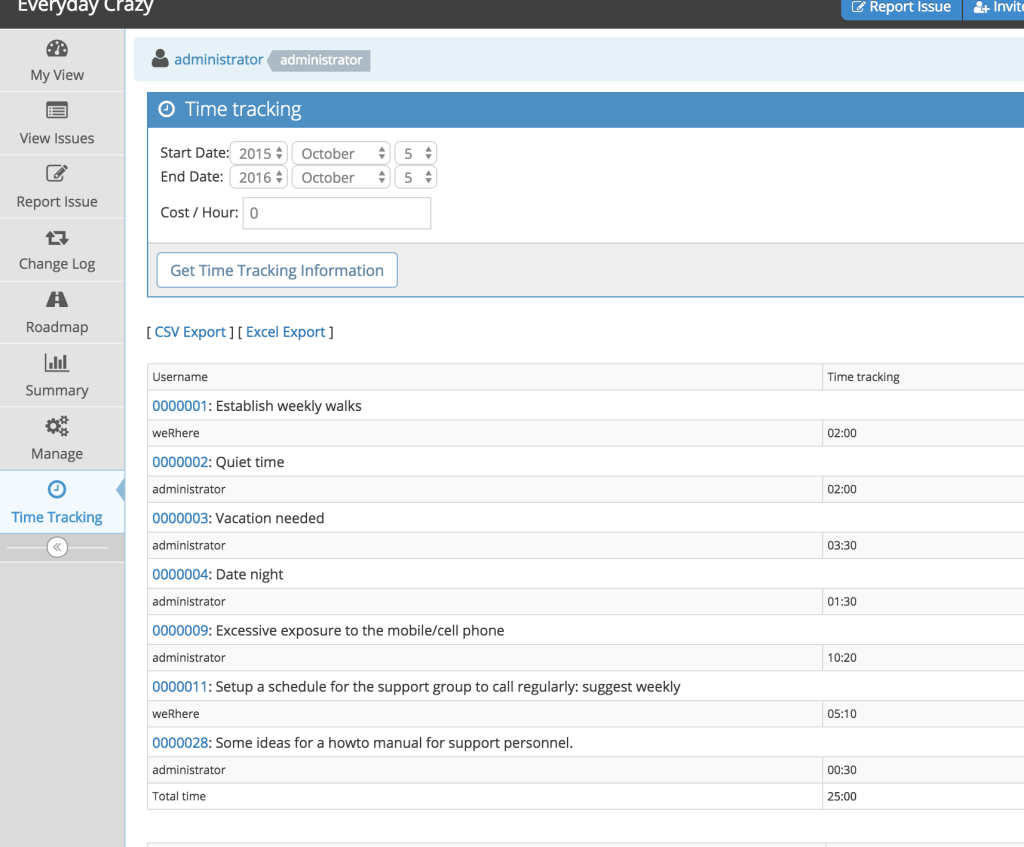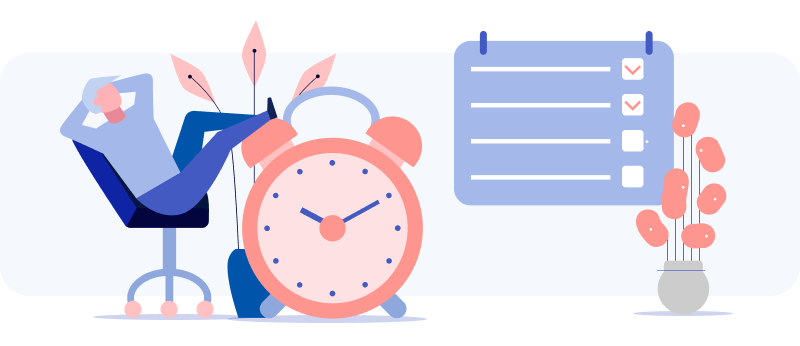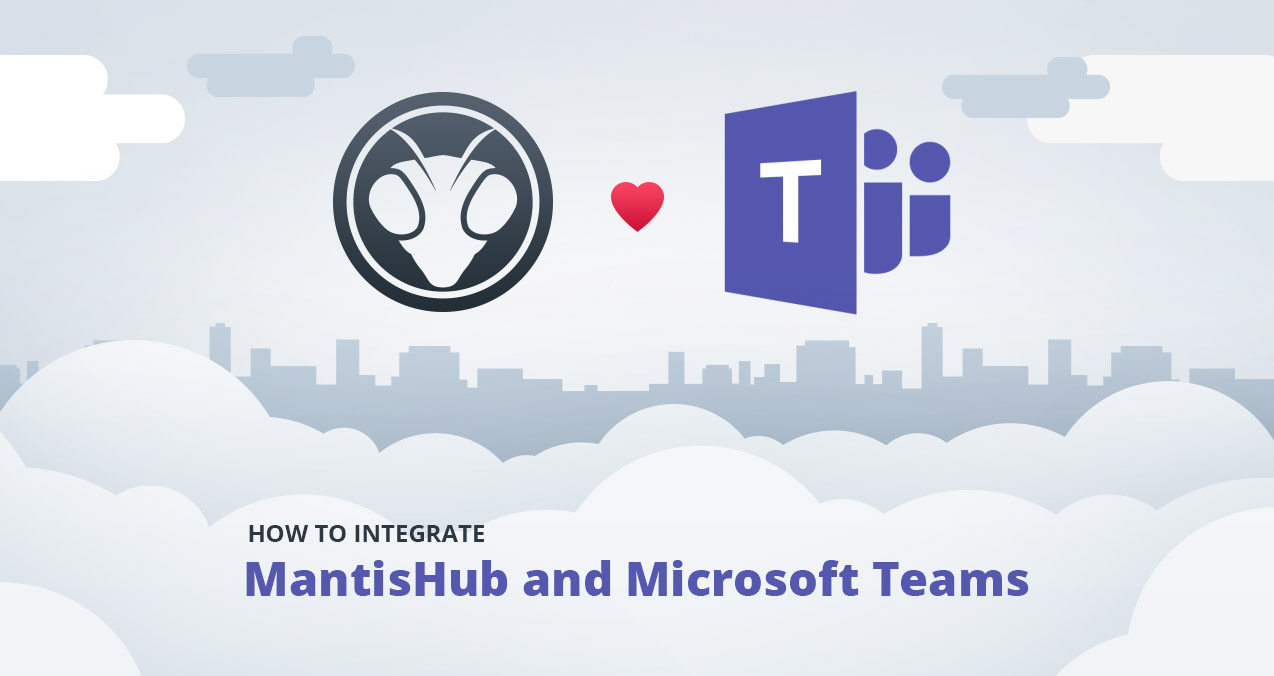
With a goal of making your life easier and sparing you and your team from learning yet another system, MantisHub has a variety of in-built systems & plugins to complement any issue tracking solution.
By far the most popular of these is our Helpdesk plugin which is a FULL customer support ticketing system.
Often, companies purchase an entirely new, separate system to receive and respond to customer queries but with MantisHub, you can have customer emails funneled straight into your system to automatically create a new ticket in your project of choice. So your customer support can be fully integrated with your issue tracking and project management!
And the best part… its included with your plan*. Yep, I’ll give you a sec to just go back and read that again. Not only is MantisHub already, extremely well priced in the issue management market but it comes with “batteries included”, a complete Helpdesk solution. Other help desk system vendors will charge upwards of $25 PER AGENT and some double this. With MantisHub an issue tracking AND a help desk solution costs you only $4 per agent*.
MantisHub Helpdesk is really quick and easy to setup. In just a few minutes you are ready to receive tickets. The interface is simple and easy to use so your support staff need little training. Check out our support article including a helpful walk-through video, on how to set it up and use it. Also well worth a look is our Snippets plugin that goes hand-in-hand with Helpdesk to provide insertion of frequently used support responses. You can even start testing it all out with MantisHub’s free trial. Sign-up is also quick and easy with no obligation or credit card required!
You can, and our customers often do, use MantisHub as a help desk solution just on its own but coupled with an internal task tracking tool, it’s even more powerful. Here are 5 ways to increase productivity and efficiency by using your support ticketing and issue/task tracker together:
1. Collaboration between Development and Support
Having a single system accessible by your developers and your customer success/support team will have your team easily working together on customer tickets as well as the underlying backlog items. Information sharing can go both ways with your customer support team collecting bug & feature request details to pass along to developers. Developers meanwhile can provide information on fixes and work arounds for the support team to pass onto the customers. Re-assign support tickets directly to the relevant developer or @mention them to get questions answered. All internal communications can all be done within the customer ticket using private notes. So troubleshooting, internal processes, brainstorming etc can be added to the ticket, yet customers don’t see any of the background conversations.
2. Linking support tickets to backlog items
A handy practice is to create a link between the reported issues or feature requests that come in from customers, and the internal issue created to track progress of the bug or task. Using the Relationships feature in MantisHub, you can easily find and reference customer tickets for added information such as fault details or replication steps. This also makes it easier to take customer facing action once the fix or feature is implemented such as advanced deployment for affected customers or notifying them of upcoming fixes, features or deployments.

3. Prioritize work & allocate team resources correctly
Creating relationships with customer reported issues or requests for a specific task, can help with prioritizing tasks within the development team. You can determine how often a backlog item comes up in support by checking the number of related support tickets. Then push those items with the most Helpdesk tickets linked, up the line as a high priority fix.
4. Easy creation of backlog items
Create backlog items by simply cloning the ticket out of help desk support project to the relevant implementation project . This way all the details needed are already added to the backlog issue and wont get lost in translation. Handy whether you want to add: 1. a bug fix for the development team, 2 a feature request for the product management team or 3 a task to amend or improve documentation for the customer success team.
5. Use Tags to analysis support tickets and improve efficiencies in your Support team.
There are 2 ways Tags can help refine your support processes and improve efficiencies.
- Creating comprehensive knowledge base resources: Having collaborated and consulted on customer issues within your support tickets, these tickets can end up being a wealth of information. You can Tag and/or extract these data filled tickets for further action. You can copy or clone these tickets into a central repository project. This data can then be used for training support staff, creation of internal job aides or support snippets or development of new support procedures.
- Analysis for high frequency issues: Tag each support issue depending on the area or team responsible. This allows review of what areas or services get the most highest frequency of support requests. You can then look into processes or procedures to alleviate these support loads or bottlenecks and improve customer experience. Create and allocate the tasks for these steps directly from within MantisHub.
Hope we’ve given you some food for thought. With this integrated system in MantisHub there is no need to purchase, maintain or train staff on a second system. That could save you time and significant dollars $$ every month.
I’m sure you can think of many other ways a combined tool for customer support ticketing and internal issue tracking helps with your business workflow. Feel free to share them in the comments section so others can benefit.
And as always, reach out to our team if you need any help signing up for our free trial, setting up your Helpdesk plugin or utilizing the power of MantisHub!
*Helpdesk plugin unavailable for starter plans. Based on Platinum plan for 30 users at $59.95 pm as of 02.2022. Pricing is subject to change and current pricing can be found on our website https://mantishub.com/pricing











